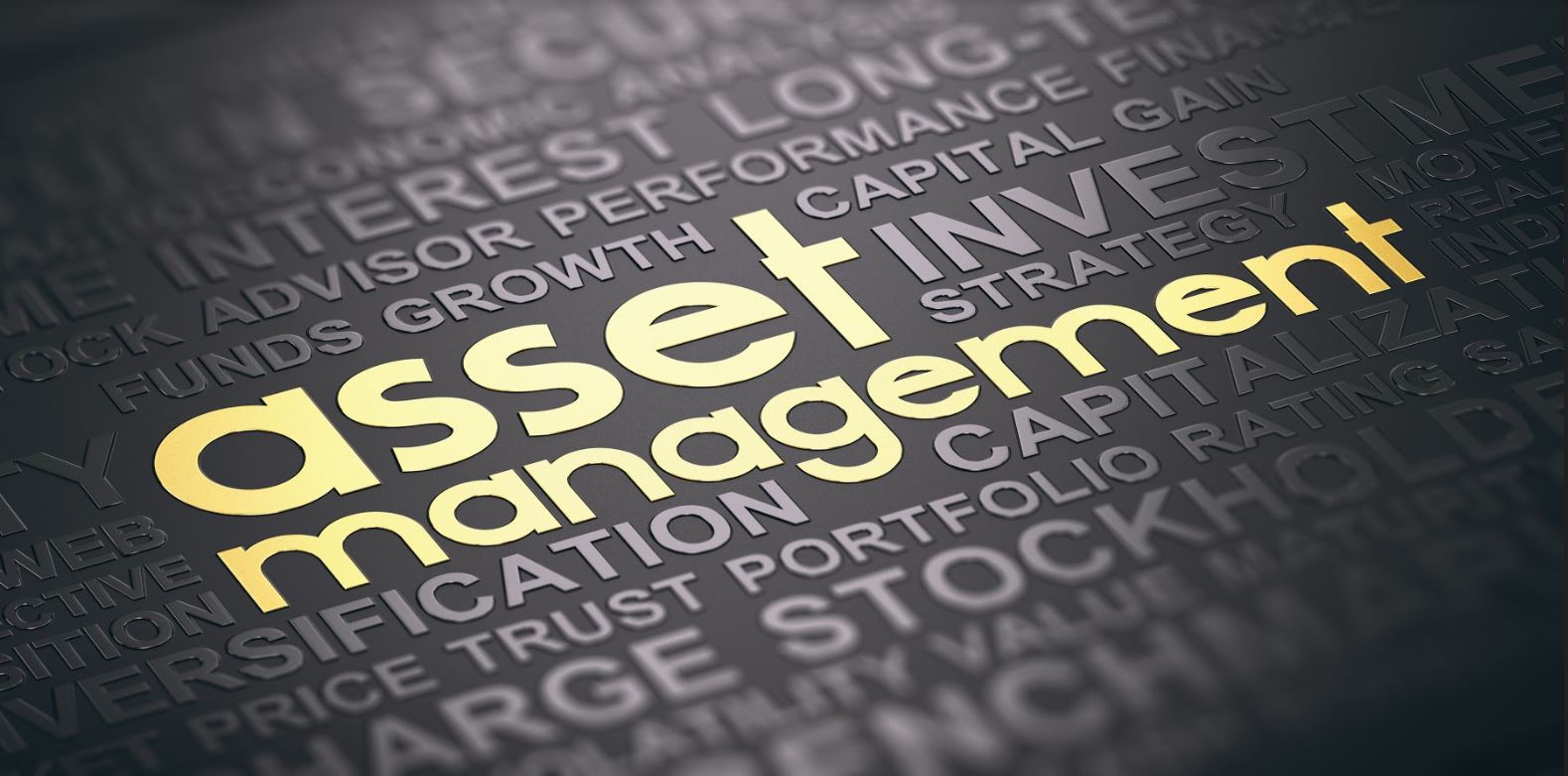
Asset management makes it easier for businesses to keep track of their assets – liquid or fixed. With proper asset management practices, you can solve the major issues affecting your organization and allow it to grow more effectively. Thus, it is crucial to have a thorough knowledge of all major assets in your organization.
Businesses usually hire third parties for customized asset management solutions that act as fiduciaries. While these asset management companies can be extremely useful, you should have a clear understanding of the different types of asset management that affect a business.
- Financial Asset Management: It is often referred to as investment management since it manages investment funds as well as segregated customer accounts. A financial asset manager can help you manage your funds and customer investments. The primary objective of this asset management is to earn profits by using the available financial assets.
It is important to note that the term “asset management” is generally associated with financial services, even though the concept of asset management applies to various industries.
- Infrastructure Asset Management: This type of asset management typically involves maintaining physical assets at large corporations. This asset management process primarily focuses on the final stages of a facility’s life cycle, involving maintenance, replacement, and/or rehabilitation. Through effective management of infrastructure assets, you can ensure proper preventive maintenance. The primary goal of this asset management practice is to minimize the total cost of ownership and operations for the infrastructure assets while meeting the customer goals at the service level.
- Enterprise Asset Management: With enterprise asset management (EAM), you can control and measure asset performance in order to extend the asset’s life. If you run an asset-heavy company, you can use this asset management to ensure the condition and efficiency of the assets are top-notch – throughout their lifecycles. EAM solutions generally focus on asset reporting and analytics, supply chain and MRO management, maintenance planning and scheduling, and the management of asset purchase and procurement.
- IT Asset Management: IT asset management (ITAM) involves a number of processes to ensure the smooth integration of IT assets across the organization. This form of asset management combines a wide range of management duties (inventory, risk management, financial, contractual, etc.) to manage the IT asset lifecycle. Apart from managing physical IT assets like desktops, smartphones, and others, it also manages software applications, servers, routers, and more. With the right set of practices, you can reduce unnecessary IT expenditures by optimizing asset use and managing IT asset acquisitions.
- Digital Asset Management: Since a majority of organizations rely on digital technology for their operations, digital asset management has become a crucial part of their businesses. It ensures that the digital assets of the company are managed in an organized and accessible manner. Digital assets generally refer to digital media and content. An efficient digital asset management system can help you better structure the workflow and lifecycle of the digital assets.
The Importance of Asset Management
Establishing an asset management process in your organization can be significantly beneficial. Even though not all benefits lead to financial gains, they have a passive impact on the growth of the business. With real-time asset tracking, you can receive a constant stream of asset-related data, allowing you to keep planning and equipment maintenance on track.
You can further set up enhanced scheduling and automated warning systems with your asset management solutions and save time and resources on maintenance. Proper asset management also allows you to adopt risk management strategies and boosts regulatory compliance. Also, you can improve the asset valuation with the right asset management practices.
Conclusion
Whether you choose to build an in-house asset management team or hire a third-party service provider, it is important that you identify and analyze various asset classes that play a crucial part in your business operations. While you are able to extend the lifecycle of individual assets, you can also gather valuable insights that can help you generate a higher return on investment.
You may be interested in: Asset management – definition and meaning

